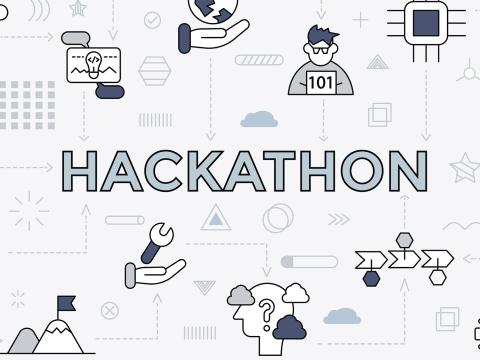On Point: Q&A With Nick Maynard
As CEO of US Ignite, Nick Maynard leads day-to-day operations, strengthening the nonprofit’s public-private partnership programs to drive smarter community development and advance key network and sensor-based technologies. US Ignite programs have provided direct funding of almost $150 million in federal, foundation and corporate funding to communities. US Ignite communities also secured $100 million in federal funding, plus an additional $126 million in nonfederal investments.
How many military bases that you work with coordinate with cities?
We work with three bases currently, and we’re in discussions with a couple more. I think all the ones that we work with have a champion that is excited about the smart base technologies. They tend to have a champion as well that is interested in working with the city.
What should we expect in the coming months?
We’ve got upcoming announcements on startup support programs on the civilian side. We’re working with the Commerce Department on helping train and mentor startups, not just on smart city technologies, but also finding funding or transitioning from prototype to scale up other technologies. We currently have two Commerce Department projects: one in Salt Lake City and one here in D.C.
What can you tell me about your challenge competitions?
We get funding from the Defense Department and NIST [National Institute of Science and Technology]. We also get funding from companies like Amazon Web Services or a lighting company called Signify. There’s actually a request for proposals on the street right now asking for cities to raise their hand if they want to host a pilot deployment with the technology, and then to work with local startups and others to come up with new ideas or ways they could leverage that technology. That’s from Signify.
How many startups do you work with?
Over the last five or 10 years, we’ve trained almost 500 startups at various stages in their development, and some have gone on to get large-scale federal funding or [venture capital] funding. We’ve set up training programs in a wide range of our communities across the country.
What is the Smart Installation and Community Dashboard?
The goal there is to piece together transportation, public safety, energy data and provide base leadership, as well as individual units, the information they need to make real-time decisions. We’ve got five or six different use cases combined onto the Defense Department network so that base leadership has a clear indication of power consumption in the barracks or the impact heat and humidity may have on service members—say, those troops going through basic training—to try and reduce the number of folks who end up in the hospital from heat exhaustion or things like that.
Have other installations shown interest?
That is definitely the hope and the plan. We’re hoping that Fort Moore is the kernel for demonstrating a bunch of these technologies and then adapting them to up to 10 other installations across the Army.
And what is Surge Link?
This is the City of Syracuse Community Broadband Network. US Ignite was running a community network program called Overcome with funding from the National Science Foundation, from Schmidt Family Foundation and a few others.
We selected seven cities around the country, and they deployed fiber or fixed wireless, or sometimes a combination of both, to an underserved area of their community. Syracuse launched a $300,000 pilot and just got a $10 million grant from the state of New York expanding that deployment. We also did Cleveland, and they got a $20 million grant from a statewide foundation there. A number of other communities also got expansion from the pilot.
We’ve got small rural communities and urban areas and everything in between. We’ve definitely seen that in places like Detroit and Cleveland, Syracuse and others, these community-led efforts to bring broadband to underserved parts of their communities have really had an impact.
This column has been edited for concision and clarity.





Comments